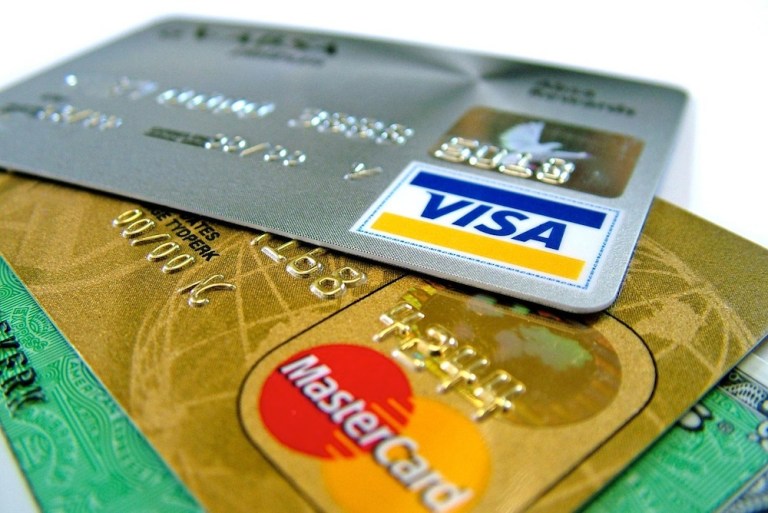
Tally, an app that helps pay and organize credit cards, has officially launched and is now available to half of all U.S. consumers.
According to a press release, Tally can handle every aspect of its users’ credit profiles, balances, cards, promotional rates and behavior, with advanced algorithms to help maximize savings and protect consumers from credit card interest and fees.
“When you combine powerful algorithms with the ability to do work on behalf of the customer, you can really help millions of people,” said Jason Brown, co-founder and CEO of Tally. “Whether credit card users carry balances or not, research has shown that they find managing their cards as stressful as awaiting major medical test results, and that’s not what credit cards should represent. At Tally, we believe credit cards should be empowering and more like a passport, not a burden, so we set out to provide a simpler, smarter way to manage them.”
It’s not surprising that consumers with credit card balances experience “moderate” to “severe” anxiety managing their debt. More than a quarter of consumers who do not carry balances report the same concerns. There is more than $1 trillion of consumer credit card debt in the U.S., and one method of handling that debt is through consolidation. However, nearly 70 percent of people who transferred balances or consolidated debt are in the same or worse position than they were three years ago.
“After months in beta with great results, we’re thrilled Tally is expanding to help more customers across the country. Tally addresses a huge need from stressed customers who want to enjoy the freedom of credit cards, but with less anxiety, fees and credit risk,” said Aileen Lee, founder and partner of Cowboy Ventures. “Tally’s outstanding team is combining world-class technology with an easy-to-use experience that will help millions of customers who use credit cards.”
Tally is now available to residents in California, Florida, Illinois, Ohio, Massachusetts, New York, Texas and Wisconsin. It will be available to more than two-thirds of U.S. consumers before the end of the year.